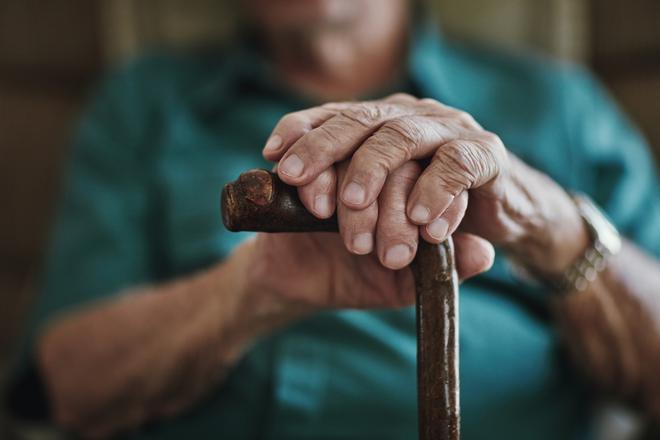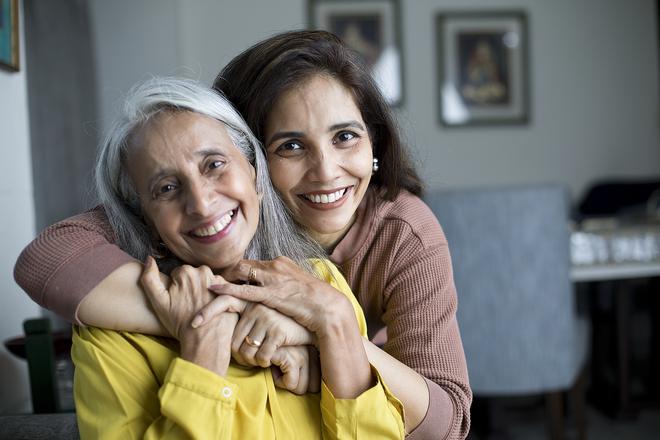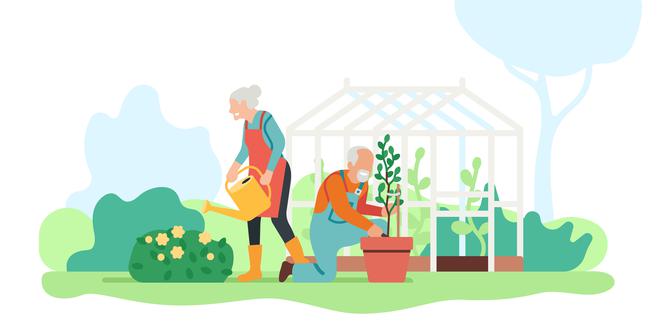Communities designed, managed and operated to fulfil the needs of senior citizens are a relatively new industry in India. Senior living communities fulfil an acute need for senior citizens living on their own. Well managed communities encourage social interaction and guard against loneliness.
The number of senior citizens is growing exponentially every year (India adds five to six million senior citizens every year). From 2018 till now, there has been a significant rise and it’s predicted that every fifth Indian in 2050 is going to be a senior citizen.
Senior living communities are already becoming the preferred option for seniors staying on their own. It is important that we understand this fast growing, high demand segment and where it is heading for. Senior living communities are described on the basis of the services they offer their residents.

Independent living communities
People in the West must carry out daily chores on their own. This includes home upkeep and cleaning, maintenance, gardening, cooking, washing clothes, utensils, etc. As they age, even the smallest task becomes a challenge. In India, getting support from individuals, neighbours and authorised agencies, isn’t a big bother. If safety aspects are in place, the rest of what is required is met. However, sometimes, dependence on third-parties comes with its incumbent compromise on quality and reliability. Hence, residents of independent living communities in India can depend on a single service provider to fulfil all these needs.

In India, good senior living communities must also give residents and their loved ones staying far away, the peace of mind that comes with having 24x7 paramedical support on property. Access to immediate and trained healthcare and relationships with the nearest hospitals is an important service in such communities. In addition, carefully and scientifically designed activities ensure that residents remain physically, mentally, emotionally, spiritually and intellectually engaged, thereby enjoying good health for longer.
Homes in senior living communities are normally generous in size. The master bedroom and bathroom are designed to facilitate easy movement within the available space. Seniors do not prefer multiple bedrooms and bathrooms; they choose to live in single bedroom accommodations.
Depending on their location, within the micro-markets of the cities in which they are developed, homes in independent living communities are able to command a premium both on sale and rent on account of the gap between supply and demand. Furthermore, the ticket price per home is higher than a standard residential home on account of the much larger common and clubhouse spaces provided within the community for social engagement and activities.
Assisted living communities
With longer life expectancy and people living well into their 80s and 90s, daily activities such as bathing and getting ready, bladder control and being able to use the toilet, eating food and remembering to take the correct medication, being able to walk unassisted etc. become difficult over time. For these residents, quality and reliability of caregivers and access to social interaction becomes even more important.

Assisted living communities, where residents or their children can take the accommodation on rent (instead of investing in a home), present an ideal solution for both the individual, who needs this level of care, and their children to ensure that life is both comfortable and fulfilling for the resident.
Accommodation in assisted living communities in India are normally available on rent ranging from . ₹50,000 – . ₹1,00,000 per month depending on the location of the community within the city, the level of services on offer and the quantum of care required by the resident. This amount normally will include rent, all meals, standard caregiving services and activities of social engagement.
Skilled nursing care
These facilities are ideally suited for residents who need a higher level of nursing and medical care. This could be on account of rehabilitation post a trauma/ accident or surgery. Such patients will spend their time at the community getting stronger and getting the necessary medical support and therapy to return to their homes well adapted and strengthened to continue life independently.

The physiotherapy and nursing sessions could cost up to ₹1,00,000 per month but the fact that such residents can return to a complete and fulfilling lifestyle to their own homes within 6 – 12 weeks is priceless. In some cases, these facilities are useful for patients who cannot benefit from further treatment and hence provide end of life support, where the focus shifts from treatment and rehabilitation to pain management. This ensures that the patient is kept as comfortable and pain free in this last stage of life.
Continued care communities
As stated before, many of these terms are used more in the West, where these communities are differentiated by the licensing and regulation requirements of those countries. Continued care living communities is one such unique category. As the level of care and medical attention required by an individual increases, the facilities that can offer these services need higher levels of compliance to regulations.
Hence, in the West, especially in the U.S., a community that has these levels of “stepped up” care available within the same property can apply for and after the mandatory inspections and checks be licensed as a Continued Care Community. The advantage that such communities offer to residents and their families (who normally stay in the vicinity) is that they do not need to move to different communities/ locations as their need for higher levels of care and nursing increases.

On the other hand, India is still in the initial stages of the development of this industry. We also have the advantage in India of access to relatively more affordable (as compared to the West) levels of caregivers and paramedical support. Consequently, residents of independent living communities can expect to be provided with the support and assistance they require as their needs change over time — without ever having to move out of their homes. Hence, well managed independent living communities in India should be able to adapt their service offerings to meet the evolving needs of their residents.
While the genesis of these terms and categories is in the West, given the difference in our cultures and lifestyle, these terms need to be adapted to and not simply adopted.
Home alone
In Mumbai, 2.4 million seniors will be living alone by 2031, says Ormax report. Senior citizens in MMR (Mumbai Metropolitan Region) are prepared to live alone in a nuclear environment. Many respondents have said that they would probably be the last generation to provide care for their ageing parents, and did not expect their children to take care of them during their old age. They believe that they need to be prepared financially, physically and emotionally to take care of themselves. They are very pragmatic about this, and do not wish to be a burden on their children or family. All of the seniors who were surveyed mention easily accessible and reliable medical facilities as most important to them.
The writer is CEO, Columbia Pacific Communities.







